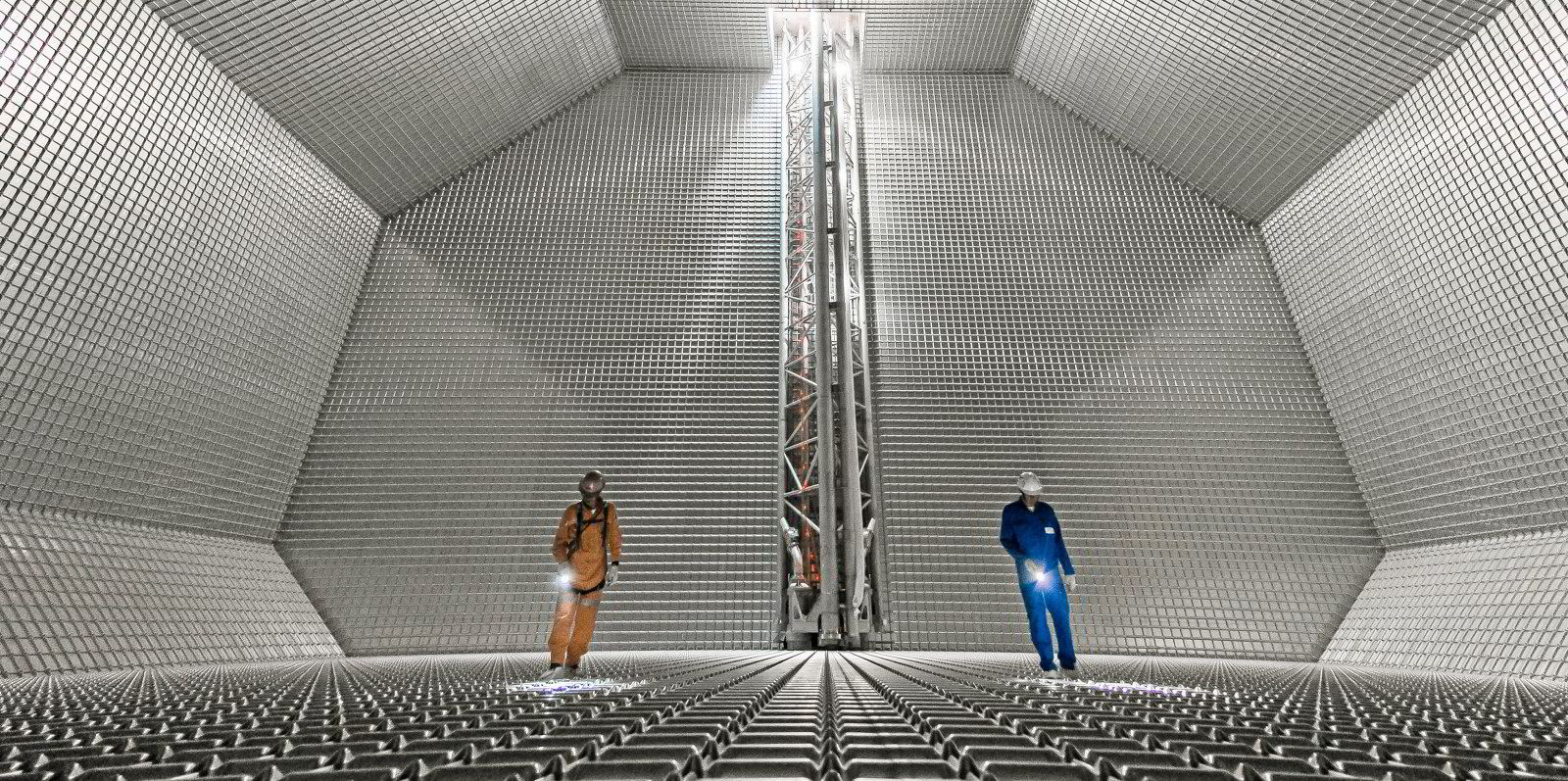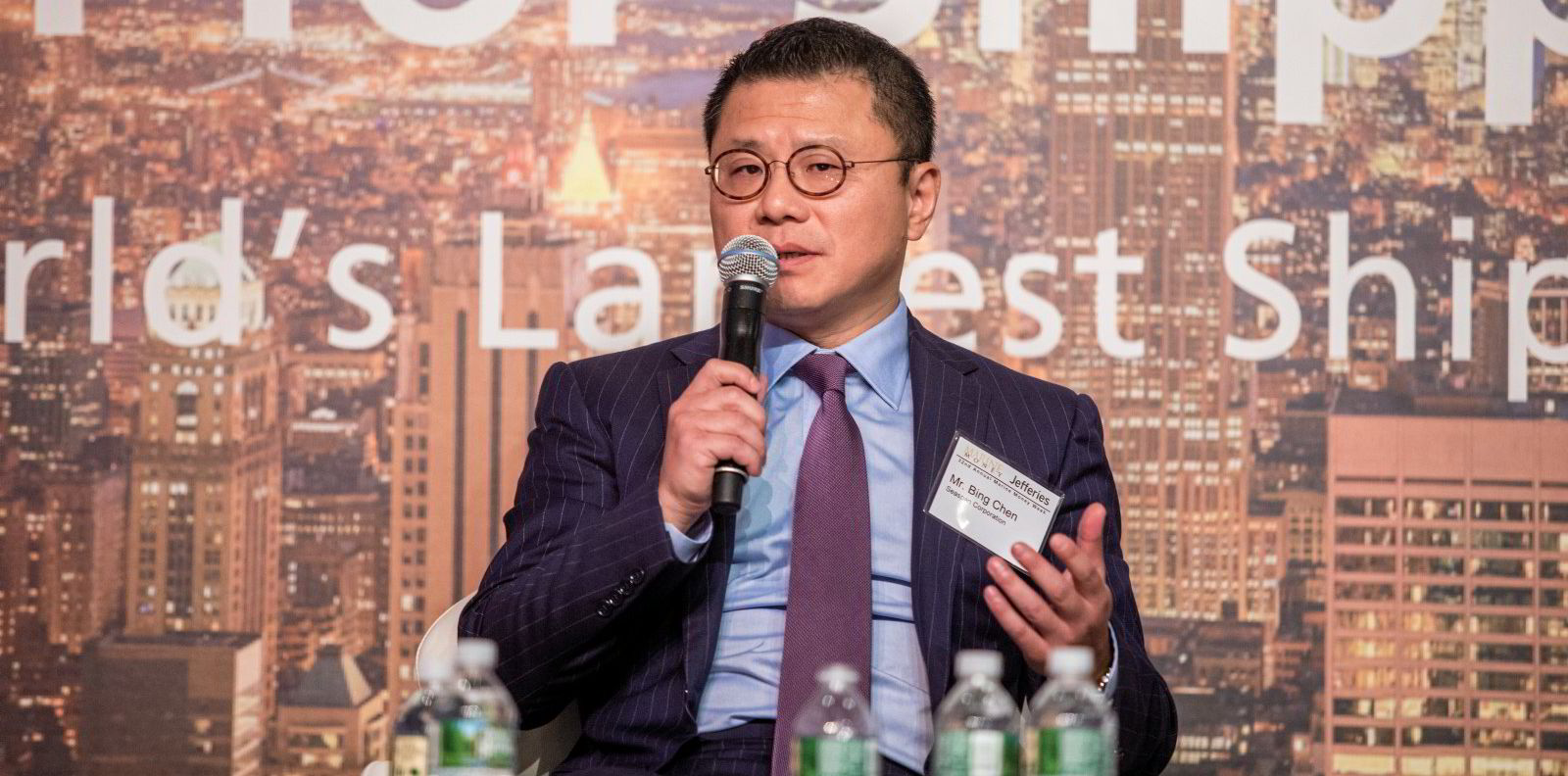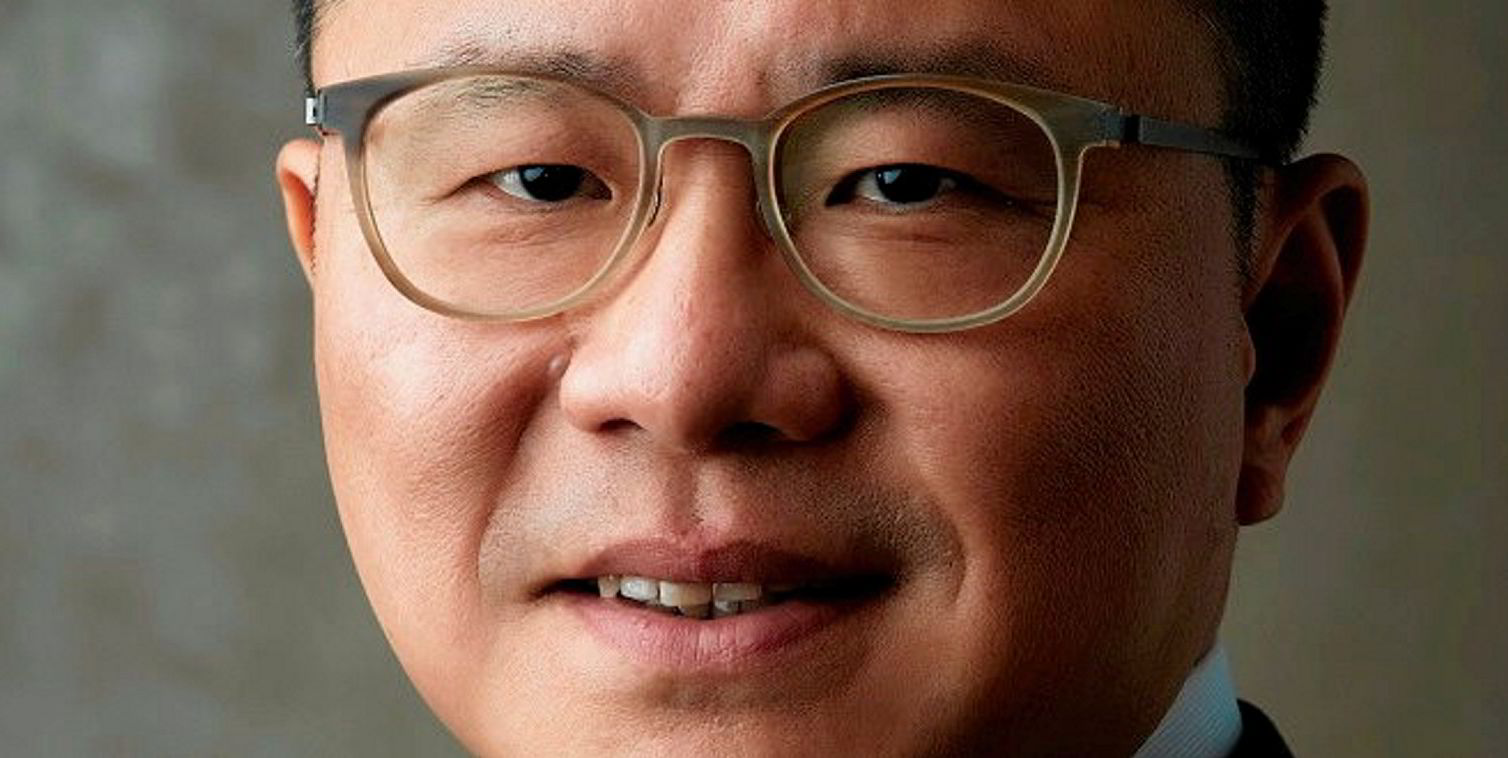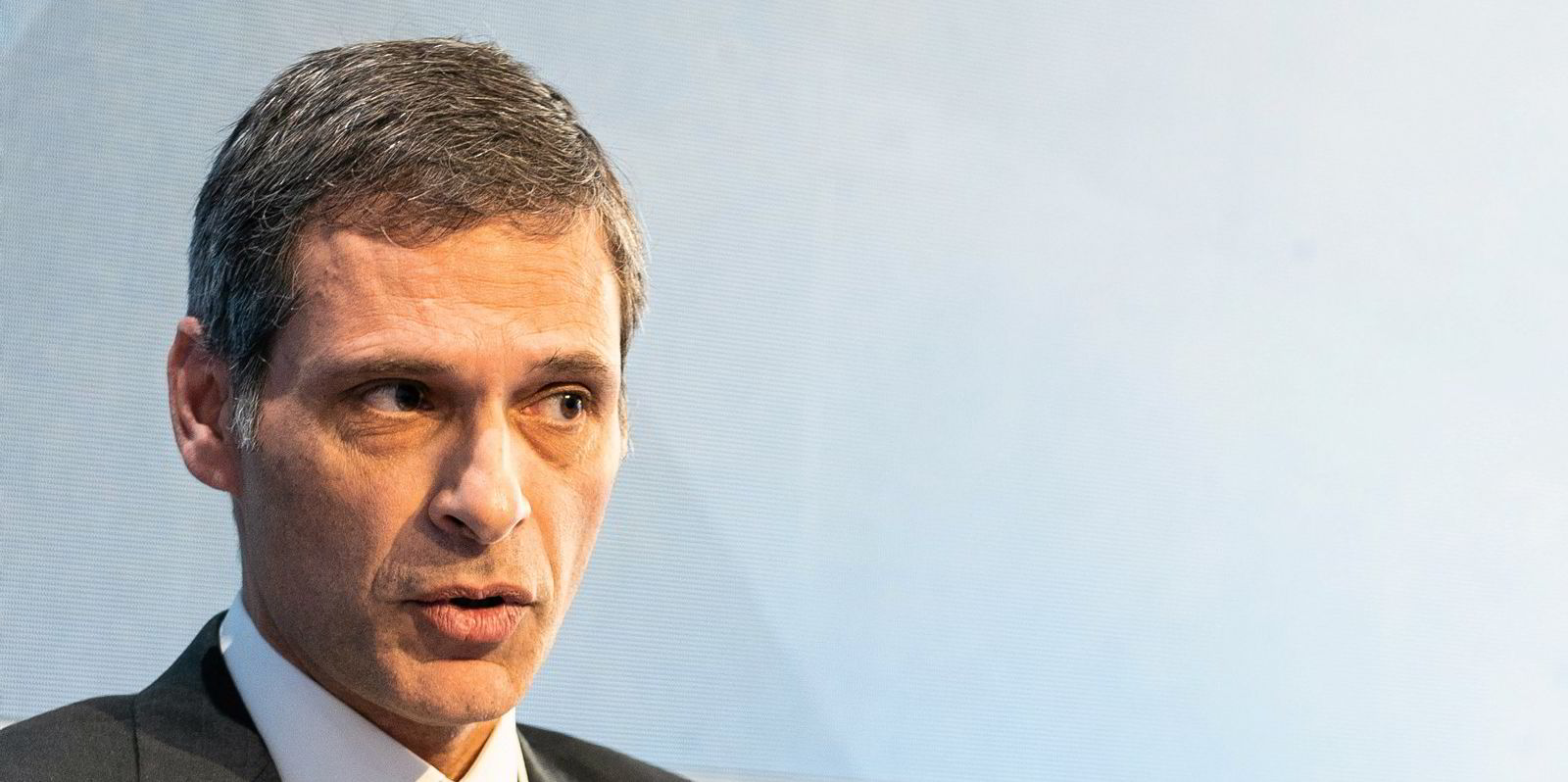Boxship owner Seaspan is switching the LNG bunker tank design on the five later-delivering 15,000-teu containership newbuildings from a 10-ship order for Israeli liner operator Zim, so that the vessels can be ammonia ready.
Samsung Heavy Industries will now fit half of Seaspan’s neo-panamax vessels with 12,000-cbm, GTT-designed Mark III bunker tanks —a change from 9% nickel steel type-B tanks originally specified for the ships.
All 10 dual-fuelled vessels are fixed on charter deals with Zim, and are due for delivery between the third quarter of 2023 and the first quarter of the following year.
Prepping for ammonia
GTT announced on Monday that it had received an order for the tanks from SHI.
The French containment system designer said: “These tanks will include unique features to facilitate a potential conversion of these vessels to ammonia.”
GTT officials said membrane tanks can carry ammonia without any major modification, providing they are designed to carry the fuel. Ammonia is denser than LNG, so a membrane and hull reinforcement will be necessary to prevent cargo sloshing damage.
In contrast, LNG technical experts told TradeWinds that the IGF Code — the International Code of Safety for Ship Using Gases or Other Low-flashpoint Fuels — does not permit the use tanks with a nickel content above 5% to carry ammonia.
No cost details were given but the extra insulation required is expected to prove slightly more expensive. Engineering work is understood to be underway on the first five Seaspan ships, indicating that these would prove more costly to switch the bunker tank specifications.
Under the switch, GTT will also assist Seaspan with tank commissioning, the first LNG bunkering operation, maintenance, monitoring and crew training.
Long-term view
Seaspan chief operating officer Torsten Pedersen said the company prides itself on being a “creative solution provider”.
“In this case, we are excited and proud to support Zim’s ambitions to operate highly efficient vessels with a very low environmental impact,” he said. "By working with Zim, GTT, SHI and DNV on “ammonia ready” features, we are taking a long-term view toward futureproofing these vessels.”
David Arbel, vice president and chief operating officer at Zim, said: “Zim as charterer is striving for zero environmental impact in our operations, with special focus on alternative non-polluting fuel use.
“Green” ammonia is a potential marine fuel as the shipping industry moves to a zero-carbon future.
Membrane milestone
Philippe Berterottiere, chairman and chief executive at GTT, described the tank orders as a “major milestone” for the company.
The LNG bunker tanks will be the first outside those for French liner operator CMA CGM and the single vessel conversion for Hapag-Lloyd.
The designer, which dominates on the design of LNG carrier containment systems, had been losing out in the surge of LNG-fuelled newbuilding orders, as owners and charterers opted for on-deck, off-the-shelf type C or hull-fitted type-B tanks.
Berterottiere said: "The ammonia compatibility of the ordered vessels offers flexibility and demonstrates GTT’s continued commitment to protect shipowners' investments in a context where they have to constantly adapt to evolving environmental regulations.”
This year, GTT has netted 17 LNG bunker tank orders — 12 for CMA CGM plus these recent five for Seaspan.
Henry Ho-hyun Jeong, executive vice president and chief technical officer at SHI, said: "This order signifies another step towards novel solutions to reduce greenhouse gas emissions."








